There have been a number of boundary breakers in the last 1000 years—Tesla, Newton, and Mozart—who often sound a bit cliché to use as examples. While one is often only truly assigned genius status after death, this does not always happen.
Many pioneers and founders of great discoveries are forgotten because they are not included in schoolbooks.
Below you will find a handful of forgotten influencers who made a big difference in various fields—science, art, and society—but nobody talks about them anymore.
6 Female Inspirational Pioneers
In past centuries, women have had to fight to gain the same recognition that has come more easily to men. After all, it was women who wrote the first computer program and painted the first abstract artwork.
Rosalind Franklin
Discoverer of the structure of DNA
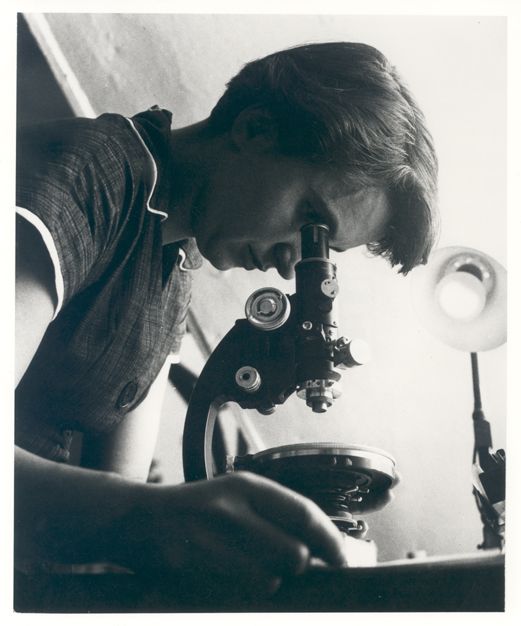
This English chemist joined King’s College London after obtaining a PhD, where she worked on X-ray diffraction. This is a technique to study structure of materials by analyzing X-rays deflected by atoms.
Using this technique, she came up with the now-famous ‘Photo 51’ that showed the information of a DNA molecule. This was such an essential discovery because scientists like Watson and Crick based the model of the double helix on the background of this photo.
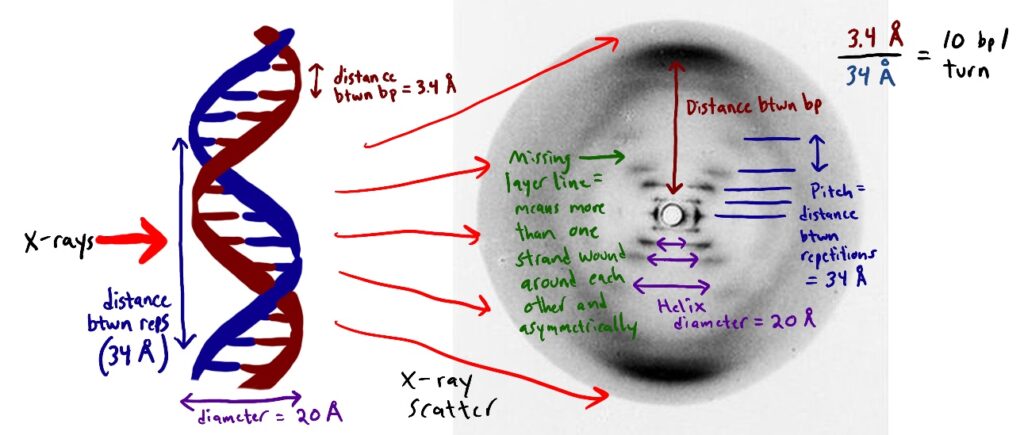
Unfortunately, she died of cancer at the age of 37, which helped ensure that she never received the recognition she deserved for her discovery of the structure of DNA.
Ada Lovelace
World’s First Computer Programmer
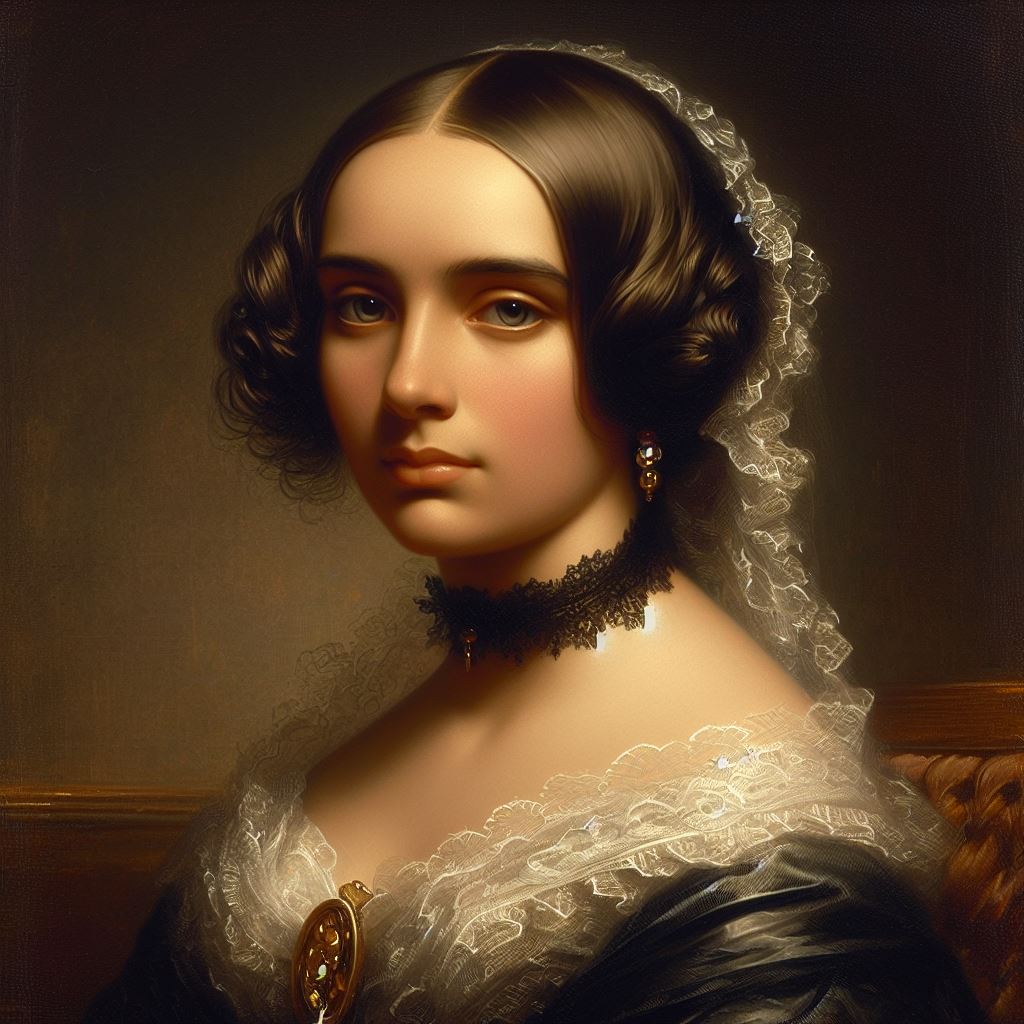
Ada, the daughter of the famous poet Lord Byron, was involved in mathematics at an early age, guided by her mother. She continued her studies at the University in London and, in 1843, came up with a paper in which she proposed a new algorithm that later turned out to be the first computer program.
‘Through a friendship with Charles Baddage, she developed an algorithm that could be used on his device—the Baddage—not only for arithmetic functions, but also to process symbols.
Although there were no computers at all at the time and Lovelace’s article was never actually implemented, she was considered the first programmer to pave the way for what we now know as computer science.
Hilma af Klint
First abstract painter
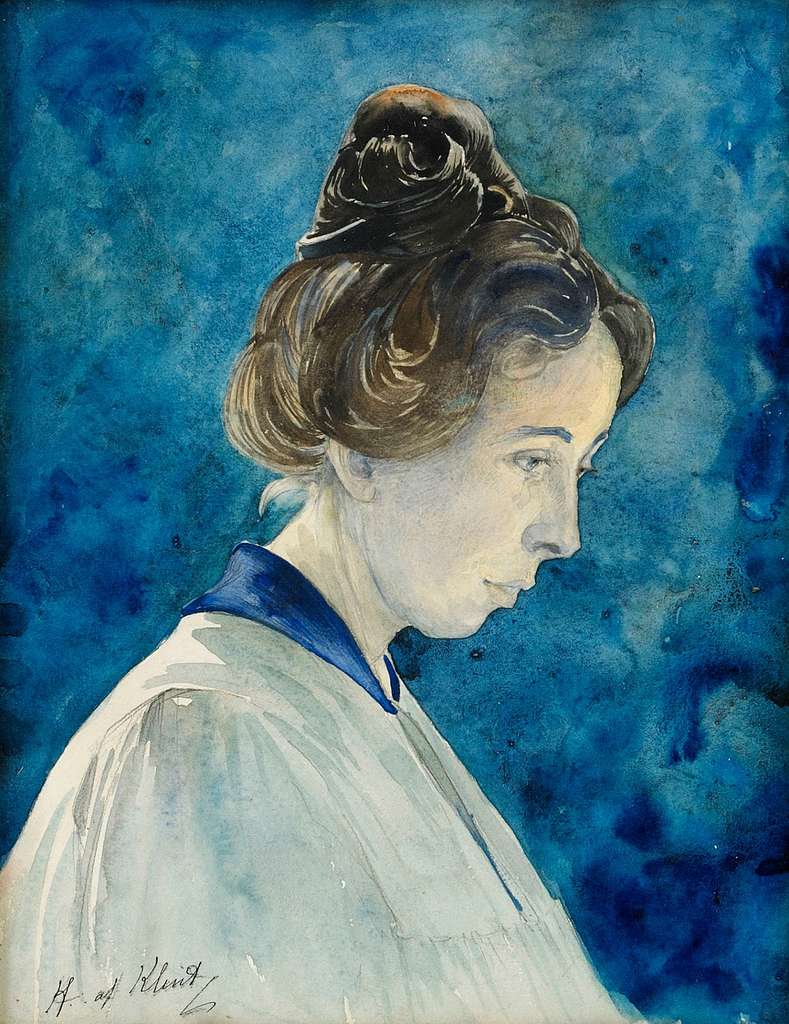
Female artists were already seen as controversial in the 19th century, making it much more difficult than for male colleagues to gain international recognition. Hilma af Klint was not only the first female artist to succeed, but also the first ever abstract artist. She was Swedish by birth and studied at the Academy of Fine Arts where she learned to paint mainly traditionally. As an autonomous artist, she mainly painted landscapes, which not much later evolved into more esoteric forms in her works.
It was long assumed in the art world that Wassily Kandinsky was the first abstract artist, but so it seems that this is not true. It was Hilma af Klint who gave birth to the painting ‘The Paintings for the Temple‘ in 1907.
Sofonisba Anguissola
first female artist with international success
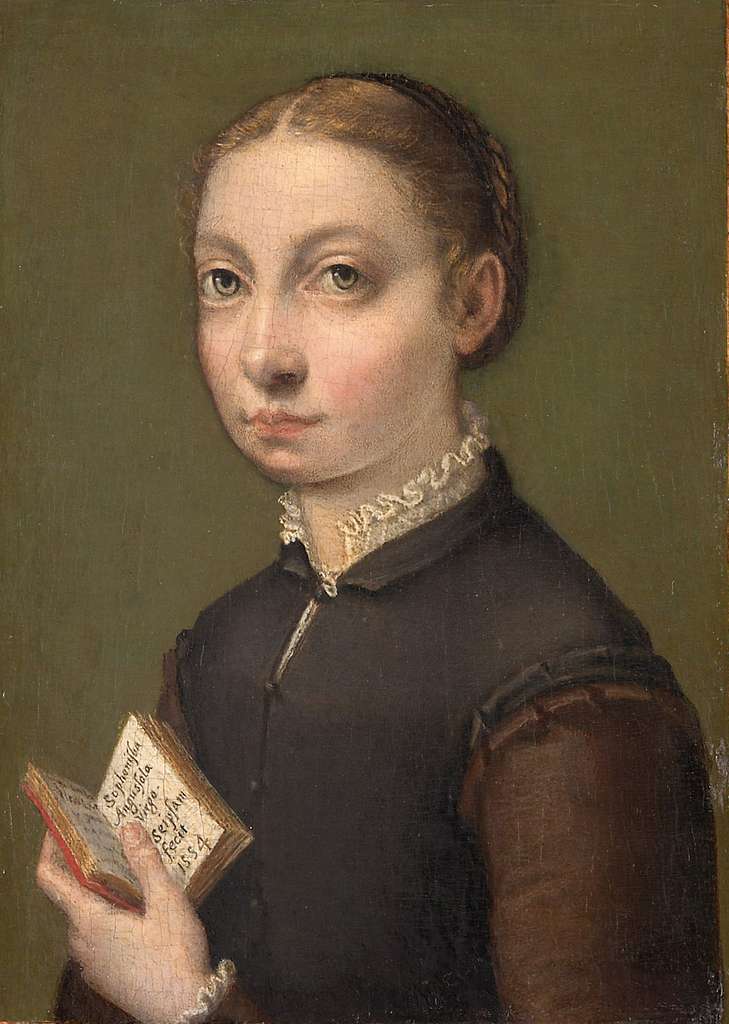
Even in the Renaissance period, female artists were not appreciated among the general public and painting schools. The more extraordinary is that Sofonisba Anguissola was noticed for her painting talent at a young age and was admitted to a painting school.
She later even became a court painter for King Philip II of Spain and was known throughout Madrid for her intimacy and emotional layering in her paintings. The fame she gained then also made her the first female painter to receive international attention as well. Even painters like Michelangelo and Vasari praised her as extraordinarily skilled and original.
Emmy Noether
Developer of the Noether theorems—crucial for conservation laws in physics
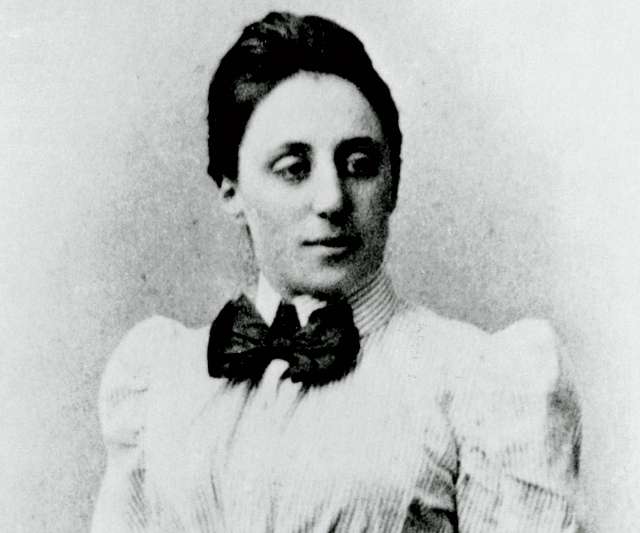
When a physics theorem is named after you, like Watt or Ampére, you have made the greatest discovery. The German Emmy Noether developed a theory showing that symmetry in nature leads to a corresponding conservation law. In the time that followed, this development had a major impact on modern mathematics.
Partly because it was not at all common in the 19th century to research as a woman, she was often ignored in her lifetime. She received no formal recognition or anything like a professorship, for instance. It was only when Albert Einstein recognized her contributions to algebra that she was appointed a professor at the age of 37 in 1922.
Noether is not so much forgotten as she is not very well known outside scholarly circles, as men more often are.
Cecilia Payne-Gaposchkin
The groundbreaking discovery of the composition of stars
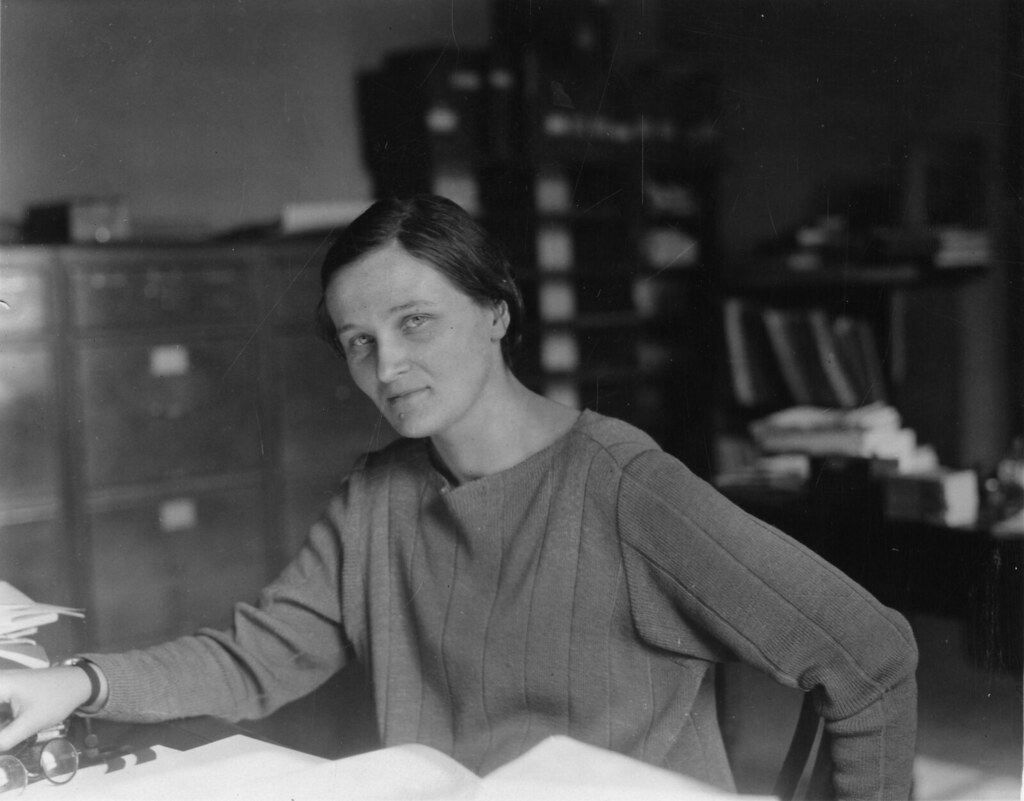
In the field of astronomy, new discoveries continue to be made every year. Because cosmic . are difficult to measure, Payne-Gaposchkin’s theory was already declared unlikely by her mentor.
It later turned out that her assumption that the most common elements in stars are hydrogen and helium was correct. In astronomy circles, it is considered a key to new findings, such as the chemical evolution of the universe, but is unknown to most people.
4 Forgotten Pioneers in Science
It is not surprising that, in the exponential growth of development in physics and technology, some scientists have been forgotten. This certainly does not make their work any less important.
Ibn al-Haytham
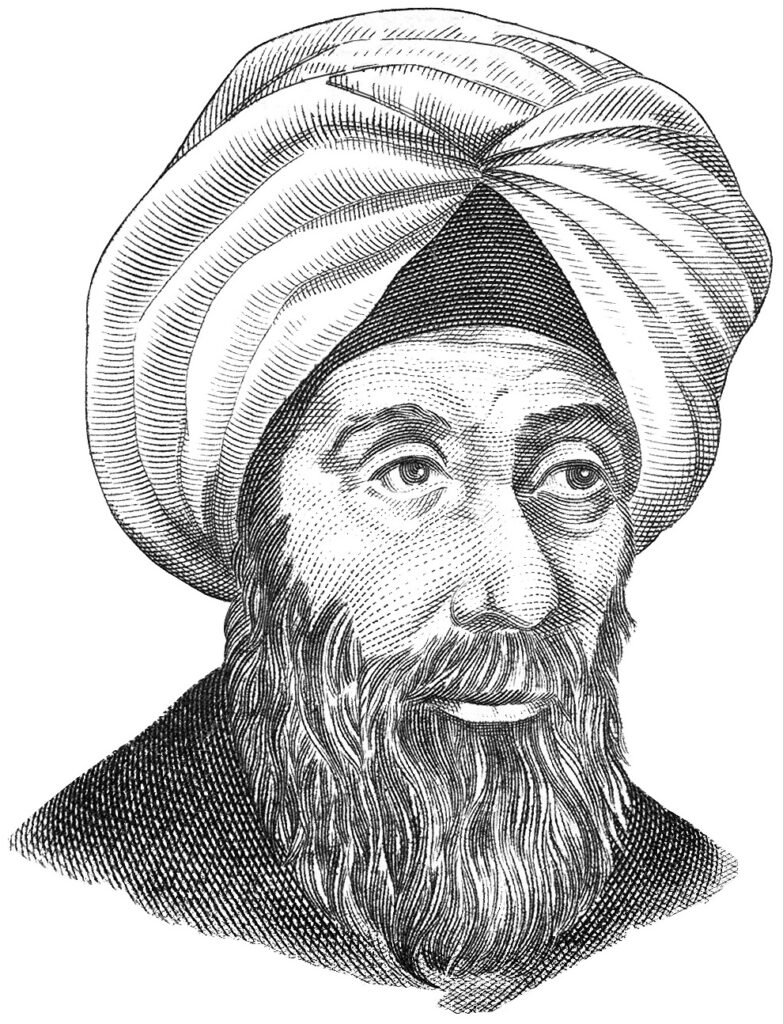
Michel Bakni, CC BY-SA 4.0, via Wikimedia Commons
People often look exclusively to the West when it comes to scientists and artists who made a big difference.
Ibn Al-Haythem, born in 965 (Basra, Iraq), was a scientist who sidelined the Greek view of the process of vision. In his book Kitab Al-Manazir—The Book of Optics—he described new ideas about how light and sight worked.
Ibn’s main discovery was that vision takes place through light entering the eye. This made a huge contribution to understanding anatomy and our human perception.
His new discovery allowed scientists like Descartes to make other discoveries related to light—the theory of how the solar system was put together, for example
Gregor Mendel
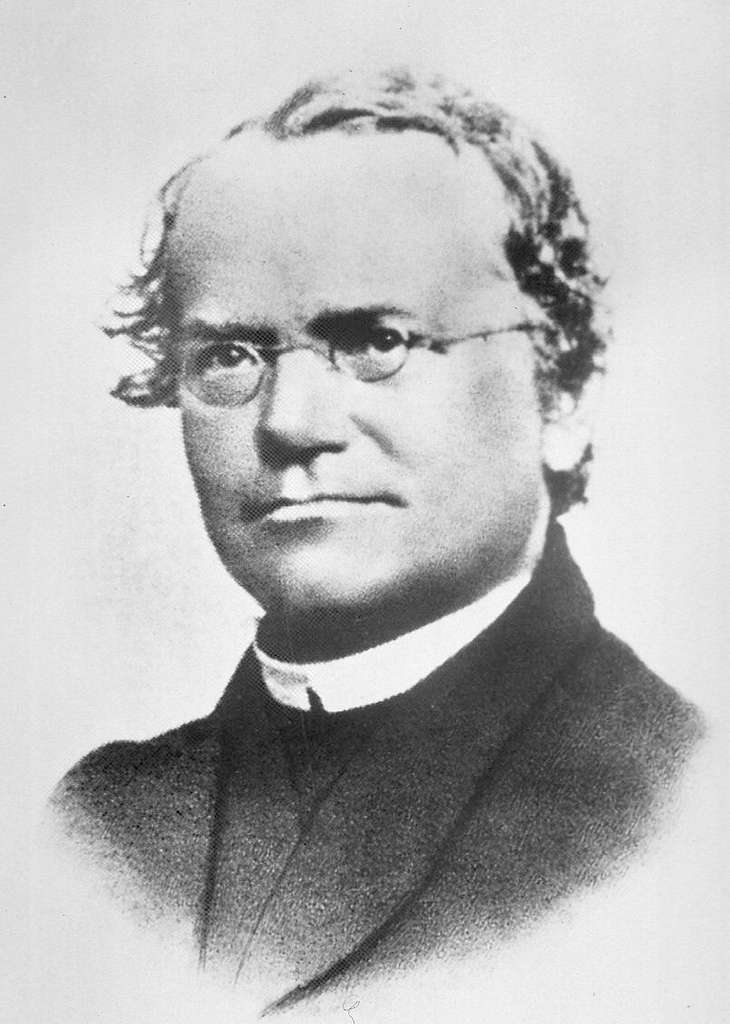
At the age of 21, Gregor joined a monastery in the Czech Republic, where he had the opportunity to study at the University of Vienna. His experience in the monastery garden sparked his interest in systematic experimentation with plants and peas in particular.
These experiments with pea plants between 1856 and 1863 brought him insights into heredity and its laws. In genetics, this provided an understanding of the genetic properties of parents and offspring.
Although he is actually the father of modern genetics, he only gained recognition in the world of science after his death.
Francis Galton
Nephew of Charles Darwin, developer of the concept of the heredity of human traits
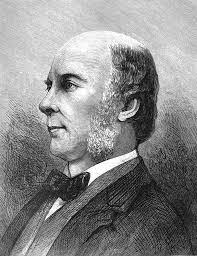
As a relative of Charles Darwin, it is not surprising that you get less recognition as a scientist when your nephew puts forward a theory about the origin of life.
Yet Galton made a huge contribution to Eugenics, in which, among other things, he hypothesized that talent and success were hereditary. These propositions are still under scrutiny in modern times, and Galton’s statements to this effect are considered controversial. In addition, in 1888, he came up with the concept of correlation, in which he found that the weight and height of individuals occurred in populations. Here, he devised methods to quantify this correlation.
George Zweig
Developer of quark theory but overshadowed by Murray Gell-Mann
Being the first to make a discovery is dangerous because others can run away with it with a slight modification. This happened to US physicist George Zweig when he introduced the building blocks—quarks—of protons and neutrons.
Not much later, Gell-Mann made a similar discovery that immediately landed in the well-known journal Physical Review Letters. Partly because Zweig himself did not spend much time on his own notoriety, Murray Gell-Mann is considered the main inventor of quark theory.
Influential People: Remembered but not forgotten
Ultimately, society determines which individuals are considered geniuses based on the extent of the discoveries they make. The more interesting a personality—Einstein, for example—the more that contributes to one’s fame.
Therefore, it is always interesting to look at people in history who also made major contributions but have not received as much attention due to a lack of publication.
